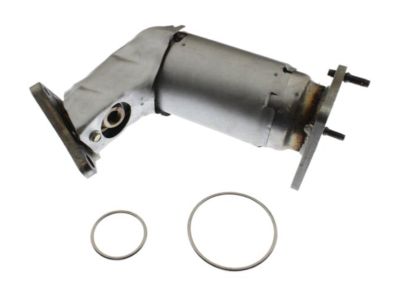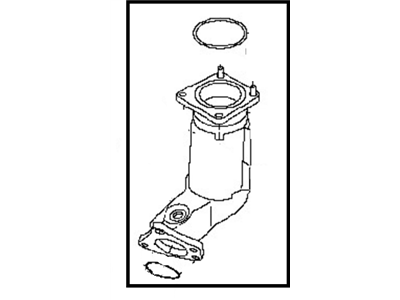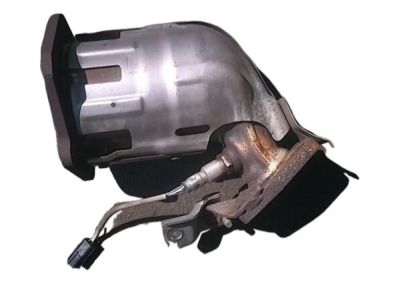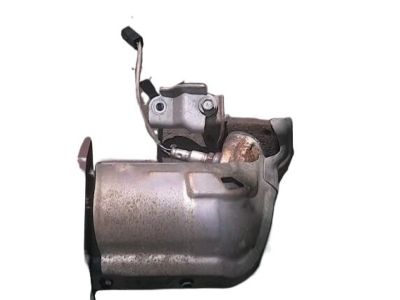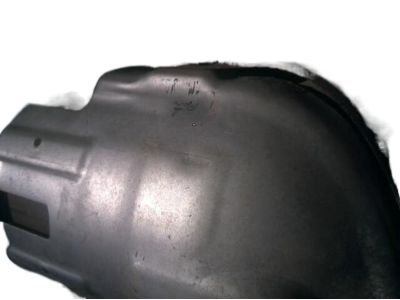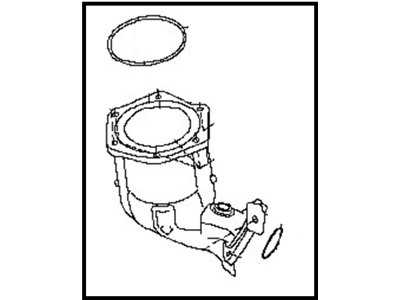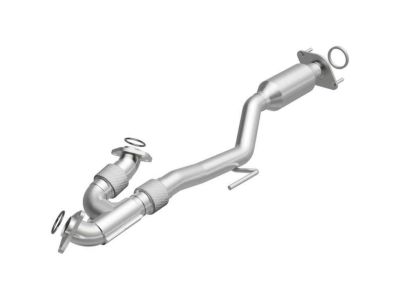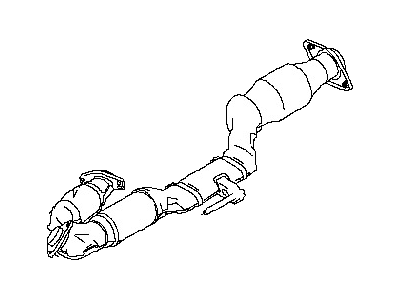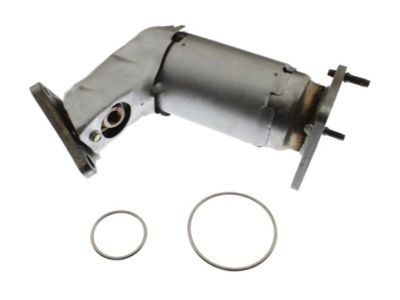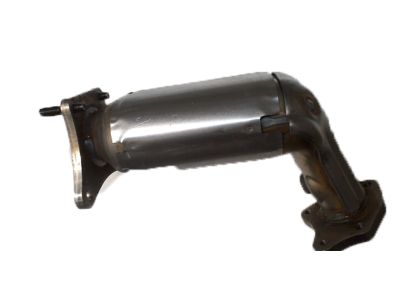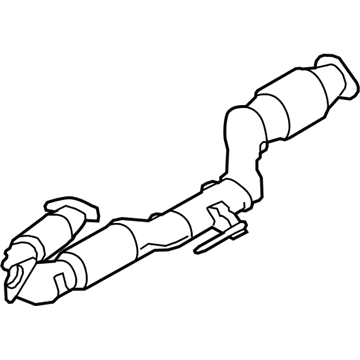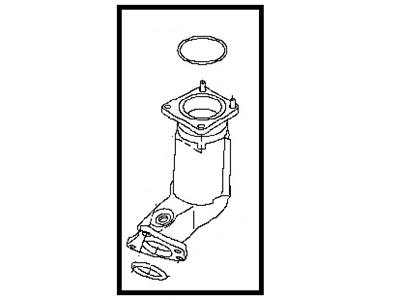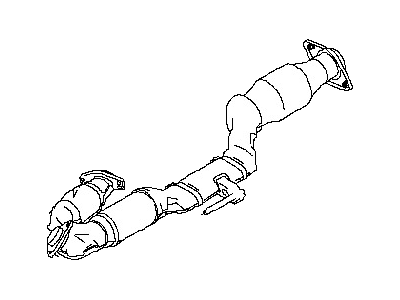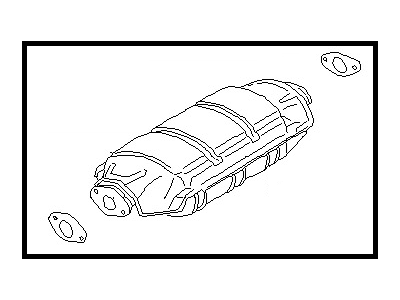×
- Hello
- Login or Register
- Quick Links
- Live Chat
- Track Order
- Parts Availability
- RMA
- Help Center
- Contact Us
- Shop for
- Nissan Parts
- Nissan Accessories

My Garage
My Account
Cart
Genuine Nissan Quest Catalytic Converter
Cat. Converter- Select Vehicle by Model
- Select Vehicle by VIN
Select Vehicle by Model
orMake
Model
Year
Select Vehicle by VIN
For the most accurate results, select vehicle by your VIN (Vehicle Identification Number).
29 Catalytic Converters found

Nissan Quest Three Way Catalyst Converter
Part Number: B08A2-1AA0C$868.80 MSRP: $1219.70You Save: $350.90 (29%)Ships in 1-3 Business Days
Nissan Quest Three Way Catalyst Converter
Part Number: B08A3-1AD0A$795.37 MSRP: $1115.98You Save: $320.61 (29%)Ships in 1-2 Business Days
Nissan Quest Exhaust Tube Assembly, Front
Part Number: 20020-1JR0A$1002.62 MSRP: $1408.72You Save: $406.10 (29%)Ships in 1-3 Business Days
Nissan Quest Three Way Catalytic Converter
Part Number: B08A2-1AA0A$868.80 MSRP: $1219.70You Save: $350.90 (29%)
Nissan Quest Three Way Catalytic Converter
Part Number: 208A2-7Y10A$1087.49 MSRP: $1524.13You Save: $436.64 (29%)Ships in 1-2 Business DaysNissan Quest Three Way Catalytic Converter
Part Number: B08A3-1JL0A$890.85 MSRP: $1250.85You Save: $360.00 (29%)Ships in 1-3 Business DaysNissan Quest Three Way Catalytic Converter
Part Number: B08A3-1AF0A$851.68 MSRP: $1195.52You Save: $343.84 (29%)Ships in 1-3 Business DaysNissan Quest Front W/Catalyst Converter Exhaust Tube
Part Number: 200A0-4AY0A$1672.55 MSRP: $2018.53You Save: $345.98 (18%)Ships in 1-3 Business DaysNissan Quest Three Way Catalytic Converter
Part Number: 208A2-7Y100$1087.49 MSRP: $1524.13You Save: $436.64 (29%)Nissan Quest Three Way Catalytic Converter
Part Number: B08A2-1JK0A$935.14 MSRP: $1313.40You Save: $378.26 (29%)Ships in 1-3 Business DaysNissan Quest Three Way Catalytic Converter
Part Number: 208A2-7Y600$764.88 MSRP: $1072.92You Save: $308.04 (29%)Ships in 1-3 Business DaysNissan Quest Three Way Catalyst Converter
Part Number: B08A2-1AE0B$889.77 MSRP: $1249.32You Save: $359.55 (29%)Ships in 1-3 Business DaysNissan Quest Three Way Catalytic Converter
Part Number: B08A2-1AE0A$889.77 MSRP: $1249.32You Save: $359.55 (29%)Ships in 1-3 Business DaysNissan Quest Three Way Catalyst Converter
Part Number: 208A1-8Y100$579.80 MSRP: $811.52You Save: $231.72 (29%)Ships in 1-3 Business DaysNissan Quest Exhaust Tube Assembly, Front W/Catalyst
Part Number: 20020-1JA0A$927.59 MSRP: $1302.73You Save: $375.14 (29%)Ships in 1-3 Business DaysNissan Quest Three Way Catalytic Converter
Part Number: B08A2-3JW0A$1017.34 MSRP: $1429.50You Save: $412.16 (29%)Ships in 1-3 Business DaysNissan Quest Three Way Catalytic Converter
Part Number: B08A3-3GP0A$902.96 MSRP: $1267.95You Save: $364.99 (29%)Ships in 1-3 Business DaysNissan Quest Catalytic Converter Assembly
Part Number: 20800-0B725$629.10 MSRP: $815.00Limited AvailabilityYou Save: $185.90 (23%)Nissan Quest Catalytic Converter Assembly
Part Number: 20800-0B025$848.34 MSRP: $1106.05Limited AvailabilityYou Save: $257.71 (24%)
| Page 1 of 2 |Next >
1-20 of 29 Results
Nissan Quest Catalytic Converter
If you need any OEM Nissan Quest Catalytic Converter, feel free to choose them out of our huge selection of genuine Nissan Quest Catalytic Converter. All our parts are offered at unbeatable prices and are supported by the manufacturer's warranty. In addition, we offer quick shipping to have your parts delivered to your door step in a matter of days.
Nissan Quest Catalytic Converter Parts Questions & Experts Answers
- Q: What should you consider before incurring replacement costs for a catalytic converter on Nissan Quest?A:Considering that currently there is an additional Federal warranty on emission equipment including the catalytic converter, it is prudent to seek advice in the dealer's service department before making a replacement. The element that stands out in this case is the catalytic converter; it is an emission control part of an automobile exhaust system aimed at minimizing polluting substance in gaseous effluents. It has Single-bed converter along with Three way catalytic converter that comes with the catalytic coat of platinum and Rhodium and it helps to reduce the content of oxides of nitrogen, Hydrocarbons, and Carbon monoxide present in the exhaust. Equipment for testing catalytic converters is quite expensive and technical; if one has a feeling that his machine is affected, it is advised that he or she should go to the dealer or an emulsion inspection station. When the underbody components are serviced, it is necessary to look at the converter for signs of leakage or rust, dents and other forms of damages, check the welds and flange bolts holding the converter onto the exhaust system. Catalytic converters are normally very resistant; however, they do become plugged. For a restricted converter, what would be the trick to determine is the effect of a blocked exhaust on the intake vacuum where a vacuum gauge is best suited for the task. This is done by linking the gauge to an inlet manifold vacuum source, then warming the engine, and observing the vacuum value while the engine idles, with opening the throttle to around 2000 rpm, then swiftly releasing it, and noting the vacuum multiple times. Many car owners often experience this type of deviation which is Reading after Warm-up being more than one in-Hg lower than the Idle Reading This is most likely caused by a plugged or restricted catalytic converter, muffler, or exhaust pipes.
Related Nissan Quest Parts
Browse by Year
2017 Catalytic Converter 2016 Catalytic Converter 2015 Catalytic Converter 2014 Catalytic Converter 2013 Catalytic Converter 2012 Catalytic Converter 2011 Catalytic Converter 2010 Catalytic Converter 2009 Catalytic Converter 2008 Catalytic Converter 2007 Catalytic Converter 2006 Catalytic Converter 2005 Catalytic Converter 2004 Catalytic Converter 2003 Catalytic Converter 2002 Catalytic Converter 2001 Catalytic Converter 2000 Catalytic Converter 1999 Catalytic Converter 1998 Catalytic Converter 1997 Catalytic Converter 1996 Catalytic Converter 1995 Catalytic Converter 1994 Catalytic Converter 1993 Catalytic Converter
